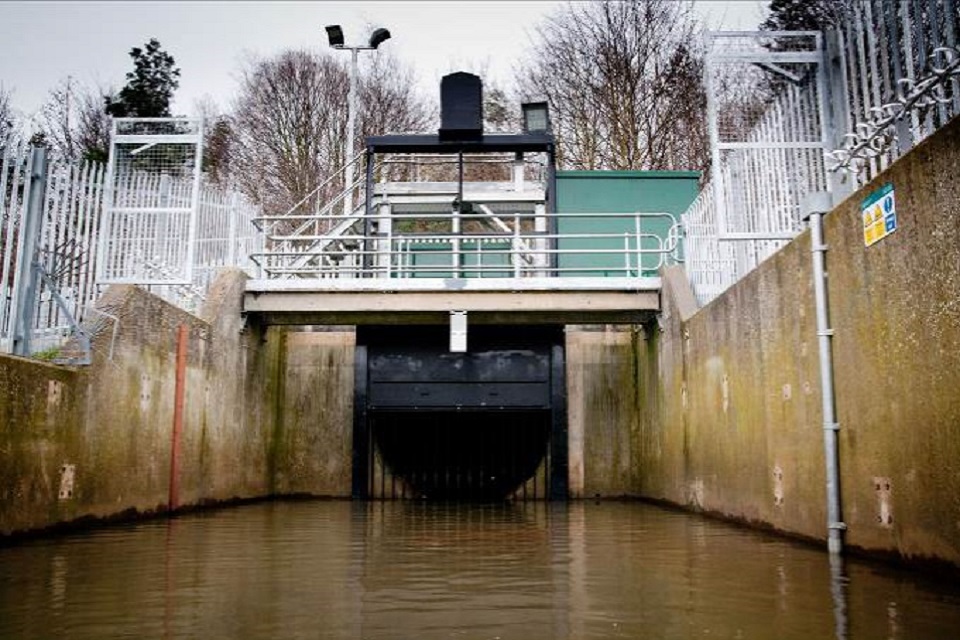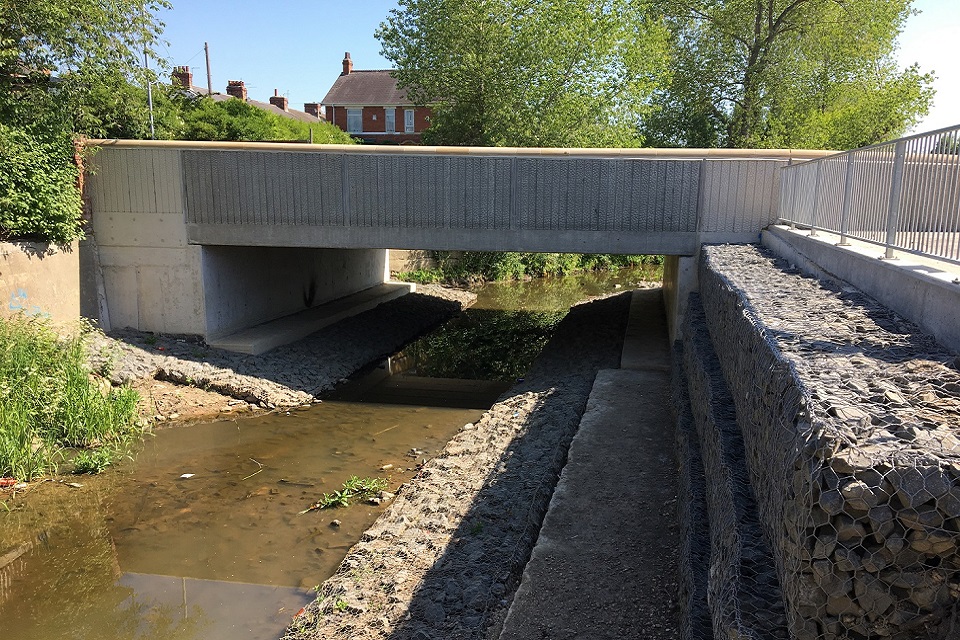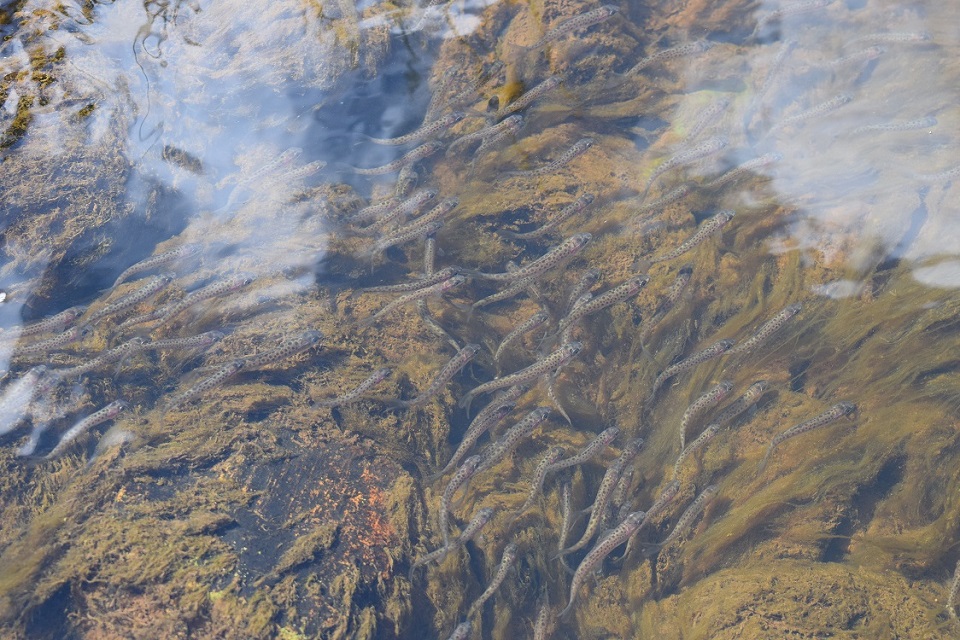Two Flood Alleviation Schemes (FASs) in Louth and Horncastle which collectively reduce flood risk to over 350 properties have been formally opened on 28 July, following successful completion of the projects.
Construction on the £6.5m Louth scheme and the £8.1m Horncastle scheme started in summer 2015, and were finalised this month. The two projects were delivered in a partnership of the Environment Agency, Lincolnshire County Council, East Lindsey District Council, Anglian Water and the Lindsey Marsh and Witham Third Internal Drainage Boards. Louth and Horncastle Town Councils will fund ongoing maintenance on the schemes. The development of the two schemes was led by the Environment Agency, with construction being carried out by its contractors.
Communities in Louth and Horncastle were significantly affected by the floods of summer 2007, when over 200 properties in the area were flooded. Close partnership working has since helped fund and made the two Flood Alleviation Schemes possible.
The Horncastle Flood Alleviation Scheme consists of a single flood storage reservoir on the River Bain, upstream of the town of Horncastle. As part of this scheme, a number of residents whose homes are at risk of flooding from the river Waring were offered property-level flood protection, such as air brick covers and flood doors. The Louth Flood Alleviation Scheme consists of a flood storage reservoir on the Northern branch of the River Lud, and one on the Southern branch of the river.
In addition to reducing flood risk to hundreds of properties in Louth and Horncastle, the two schemes also deliver benefits to the environment. In Horncastle, partners have created a large lake and wetland area which will provide a habitat for water voles. At the reservoirs in Louth, additional water vole habitat will also be created.
Floods Minister Thérèse Coffey said:
These flood schemes are fantastic news for Lincolnshire, giving hundreds of people in Louth and Horncastle precious peace of mind. And there is more development to come across the county, with £160 million planned investment here over the next four years to better protect around 30,000 homes.
Emma Howard Boyd, Chair of the Environment Agency, said:
I am delighted that our partnership work with the community and local authorities in Louth and Horncastle will reduce flood risk to over 350 properties and support wildlife.
People here understand the devastating impact of flooding and the tenth anniversary of the 2007 floods is a timely reminder of the real threat posed by severe weather. I ask everyone to check their flood risk, sign up for free flood warnings and look for advice about flooding on GOV.uk.
Councillor Colin Davie, Executive Member for Economy and Place at Lincolnshire County Council, said:
One of the council’s top priorities is protecting our residents from flooding. That’s why we’re working hard with our partners to do everything we can to reduce the risk to Lincolnshire homes. The opening of these new defences is a testament to the hard work of all involved, and will make a significant difference to the lives of people living in these communities. I’m delighted we’ve been able to make this happen.
Cllr Eddy Poll, Executive Member for Environmental Management at Lincolnshire County Council and Chairman of the Anglian Northern Regional Flood and Coastal Committee, said:
We all know the kind of devastation flooding can cause within a community – that’s why projects like this are so vital. These new defences will protect hundreds of local families from the misery and disruption that flooding brings. It’s impossible to prevent flooding entirely, but we’ll continue to work with our partners to ensure that local communities are as well-defended and well-prepared as possible.
The Leader of the East Lindsey District Council, Councillor Craig Leyland said:
This is an important milestone in the work of the Environment Agency jointly with other authorities and we have been extremely pleased to have contributed £1million to these essential schemes to help reduce the risk of flooding to our residents and businesses. After the devastating flooding that we have seen in 2007, we hope that these schemes will give residents greater peace of mind and protection from the risk and threat of flooding in the future.
The Mayor of Louth, Councillor Pauline Watson said:
Louth is celebrating the increased flood protection for the town which is the culmination of ten years of heartfelt campaigning and unprecedented partnership working, both between statutory bodies and ordinary townsfolk.




